Tips for successful sowing
Sowing hemp plants marks the decisive starting point for successful cultivation. The right potting soil, seedling care and specific germination methods are essential for a robust start.
In this comprehensive guide, we will take an in-depth look at sowing hemp plants and will discuss key concepts such as growing medium, seedlings and dark germination in detail.
Disclaimer of liability
This article is for information purposes only and does not constitute legal advice. If cannabis use or cultivation is currently illegal in your home country, this article should in no way be misunderstood as a suggestion to grow cannabis. It is your responsibility to inform yourself about the current legal situation in your country and to ensure that you act in accordance with the applicable laws. Any liability for any legal consequences or other damages that may result from the application of the information contained in this article is excluded from the outset. We accept no responsibility for actions taken on the basis of this information. If you are unsure about the legality of cannabis-related activities, it is recommended that you consult qualified legal advisors and observe the current laws in your respective country.
Sowing hemp plants
Sowing is usually a big issue because it sets the milestone for successful cultivation. First of all, it is very important to mention that there can be no guarantee of a 100% germination rate. Unfortunately, we cannot recognize bad genetics from seeds. Private users can usually only influence the germination rate through storage.
We now share our cultivation method that ensures high germination rates.
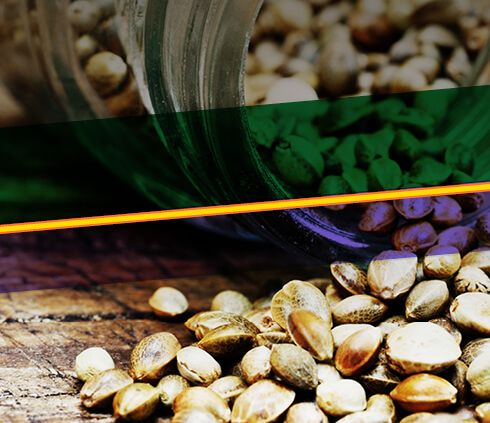
Where can I get my seeds?
The first step is to order the varieties from suitable suppliers. It is advisable to use well-known suppliers who specialize in certain plant varieties. We have a large selection of varieties from suitable suppliers to choose from.
How do I store my seeds?
The second step is to store the seeds in the refrigerator in a dry and dark place. Tins or jars can be used for this. If there is no space in the fridge, a cool, dry and dark room is suitable for storage.
How long can my seeds germinate?
The seeds can remain germinable for up to 2 years if stored correctly.
What materials do I need?
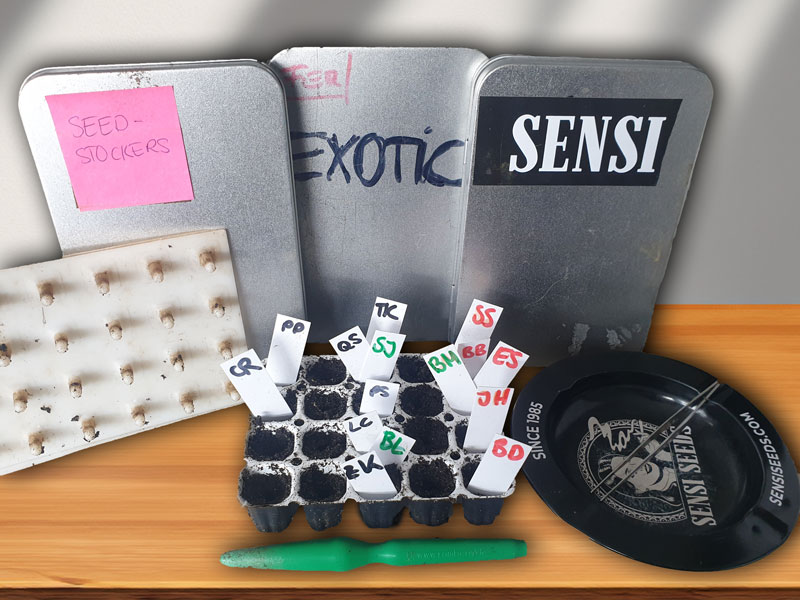
Here you will find a list of the materials we use:
- Shelf
- Licht (TLED Secret Jardin) to the product
- Soil for cuttings to the product
- Spongepots Spongepot - tray 20 seeds; Bushdoctor Seedling-Set Spongepot
- Pricking rod to the product
- Bowl
- Gloves (thin)
- Glasshouse (base and cover) to the products
- optional, if fingers are too thick to grasp seeds: tweezers (preferably plastic or wooden)
- optional wedge
- optional temperature and humidity meter to the product
How do I start sowing hemp plants?
The biology of a plant is an important component here and should not be forgotten. The origin of the plant species can provide information on how we should use seeds. It is also important to study the anatomy of plant seeds. Plant seeds have a "root side" and a "leaf side". The "leaf side" always strives to grow towards the light, while the "root side" wants to grow downwards into the substrate. Another decisive characteristic is whether the plant species is "dark-germinating" or "light-germinating". "Dark germinators" should always be covered, while "light germinators" can germinate on the surface of the substrate.
In the case of hemp, it is a plant that is thought to have originated in Central Asia. This means that hemp tends to be a thermophilic plant. For sowing hemp, this means that temperatures between 23 - 26 degrees are optimal. The more constant the temperature remains during germination, the higher the germination rate will be.
Hemp is a dark germinator, which is why we make sure that the seed is placed in the substrate using the following sowing method.
Seed structure: Example using a bean seed
How does the sowing process work at Bushdoctor?
The substrate (cutting soil) is moistened evenly. The more homogeneous and even the moistening, the better the results.
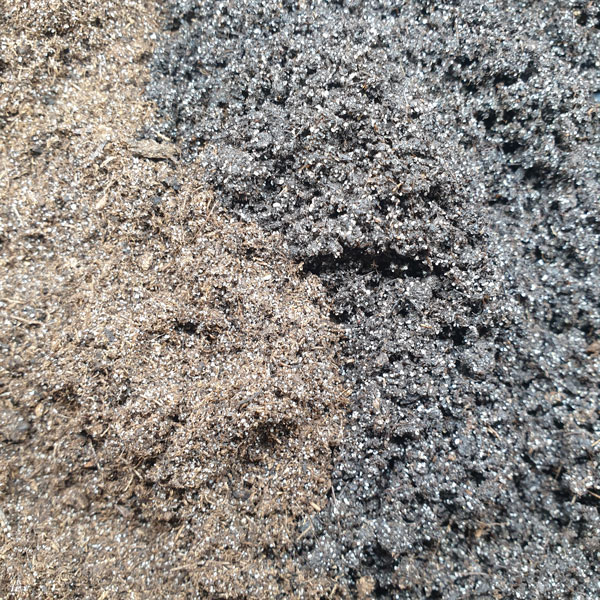
In contrast to spraying from above or watering from below, this method takes longer because the soil must first be "kneaded" moist and then pressed into the sponge cups, but the germination result is significantly better.
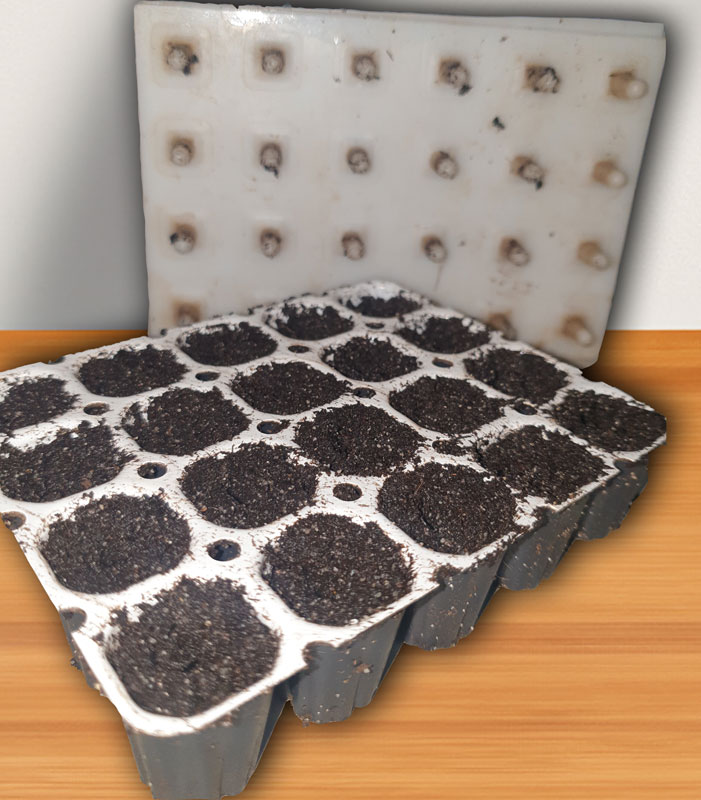
The seed holes are then prepared. Either use marked rods or, like us, 3D printed shapes that fit exactly into the sponge cups. The sowing depth should be 1.5 - 2 cm. Then the seeds are placed in the holes with thin gloves (or optionally with plastic/wooden tweezers). The gloves are important because the fat layer on the fingers can impair the germination capacity of the seeds. Care must also be taken not to touch the skin or other objects during the planting process.
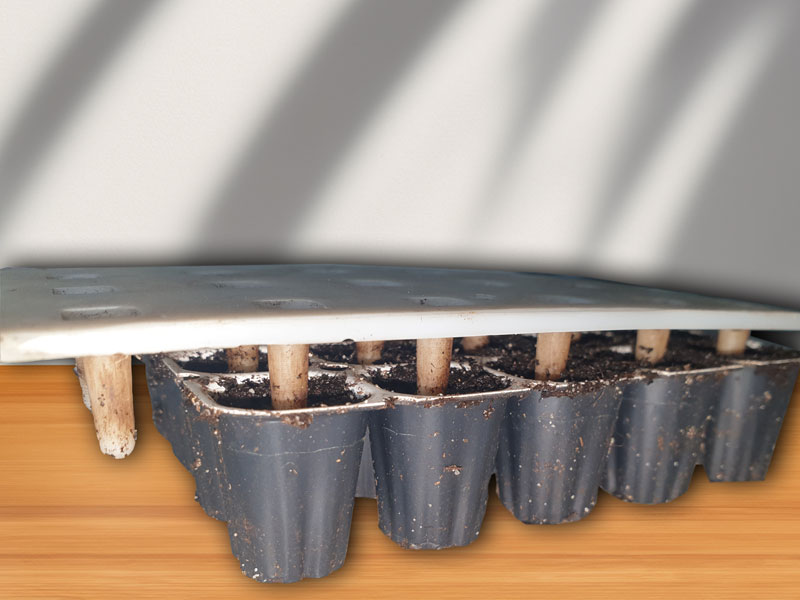
When the seeds are in the holes, close the seeds by pressing the upper part with a pricking stick.
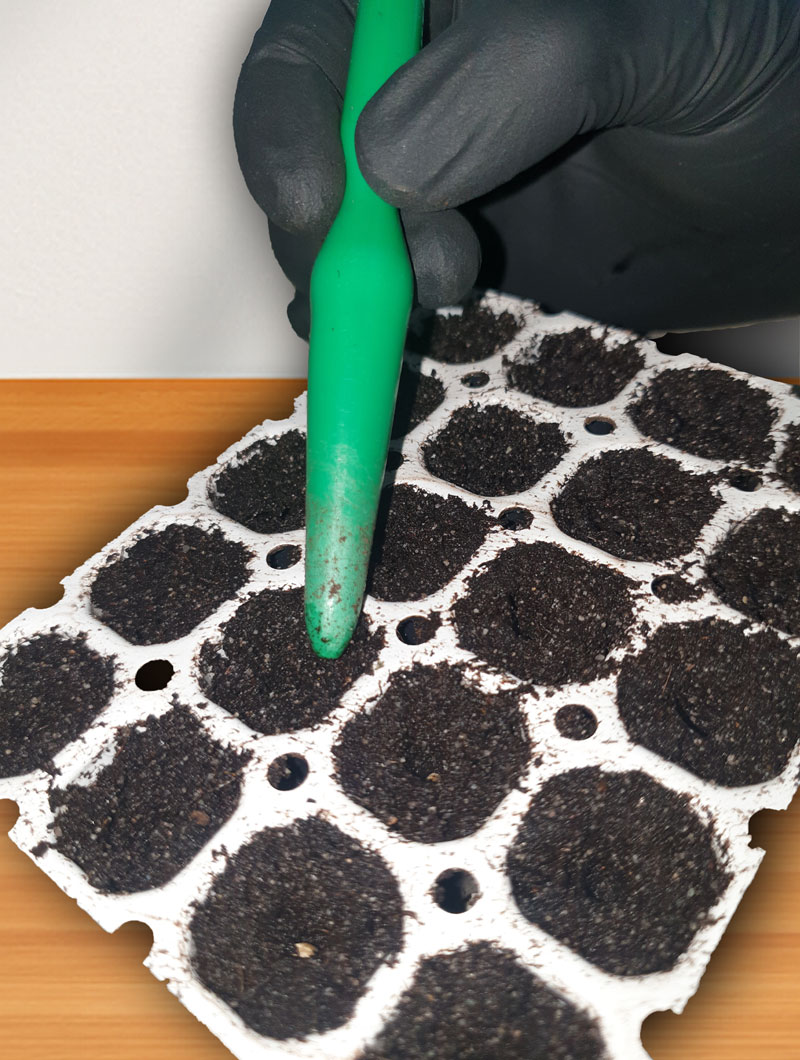
If several sponge cups are sown, make sure they are labeled. The cups are then placed in the greenhouse shelves and the lid is closed.
The germination temperature should be at least 20 degrees, but 22-26 degrees would be optimal. The humidity should be 60-65%. You can regulate the humidity well by keeping the lid closed or open. . Optionally, temperature and humidity meters can also be used. The seeds then usually need 3-4 days until they are ready for pricking out. Our lamps are close to the lid to avoid stretching the seedlings. The lamps we use are TLED lamps that emit hardly any heat, so it is possible to keep them close enough.
Other questions
What happens if the temperature is too cold?
Germination can be delayed and takes longer. What helps? The lid should remain closed so that the "greenhouse effect" (higher humidity, higher temperature) is stronger. Heating mats can be a solution. Care must be taken to ensure that the heating mats do not dry out the seedlings.
What happens when it's too hot?
The risk of drying out is greater, which is why it may need to be watered. The substrate will then become darker. The lid should be kept open with a wedge/spacer so that the "greenhouse effect" is not too strong and the humidity becomes too high. There would be an additional risk of mold here.
What if the stems are too long?
The sponge cups should then be placed closer to the light.
Why are the stems red?
This is normal and the red stems should disappear after pricking out at the latest.




